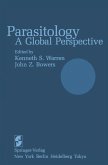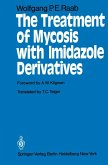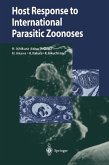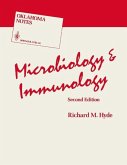The contacts between man and nonhuman primates enable the transmission of mic roorganisms from one species to the other. Such contact may occur at quite differ ent levels: man and nonhuman primates may share the same ecosystem including the presence of vectors in the countries of origins of monkeys and apes; the animals are captured to be sold or used for food; field researchers have to stay near the ani mals in the wild; an uncontrolled human population gets close enough to almost touch the animals in zoological gardens around the world; pet owners establish bodily contact and finally researchers doing surgery or necropsies are exposed to an increased number of pathogens liberated from the organs and body fluids. Usually monkeys and apes are more threatened with catching the microorgan isms indigenous to man than vice versa, but nevertheless outbreaks of true zoonoses with nonhuman primates as the source of infection have occurred. Also the retrans mission of originally human pathogens via nonhuman primates to man may pose a considerable risk to human health. Unfortunately the information on the different agents transmissible between man and his relatives is too disseminated for practical use, as it involves quite differ ent scientific disciplines such as virology, bacteriology, parasitology, primatology, laboratory animal science etc. It seemed therefore necessary to compile the current knowledge concerning this topic in a single publication. Human infections of simian origin may be caused by several viruses, bacteria, fungi or endoparasites. Ectoparasites, in comparison, are of little importance.
Dieser Download kann aus rechtlichen Gründen nur mit Rechnungsadresse in A, B, BG, CY, CZ, D, DK, EW, E, FIN, F, GR, HR, H, IRL, I, LT, L, LR, M, NL, PL, P, R, S, SLO, SK ausgeliefert werden.









